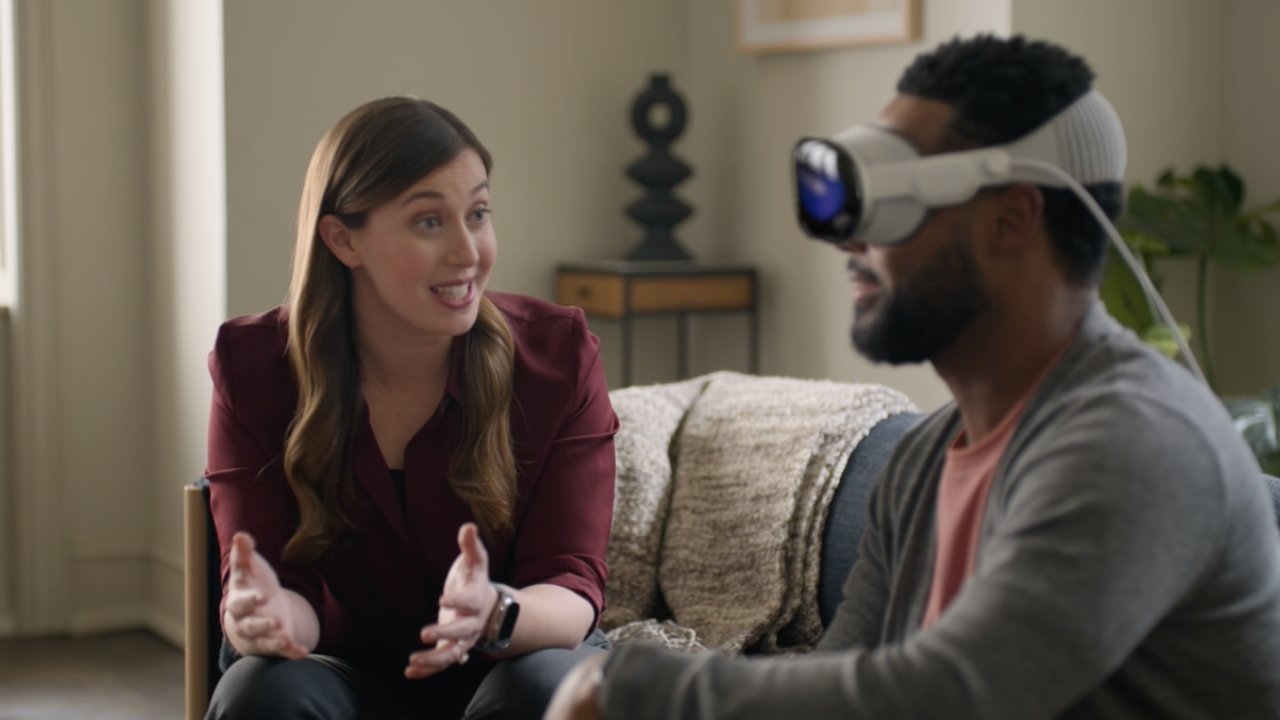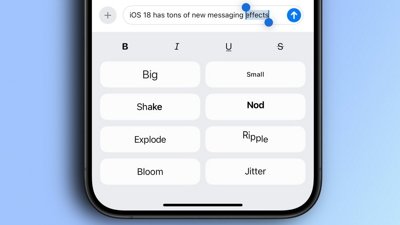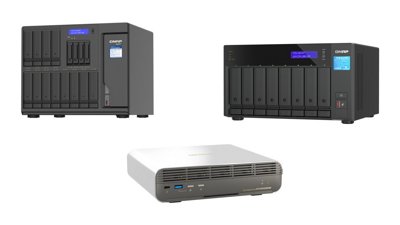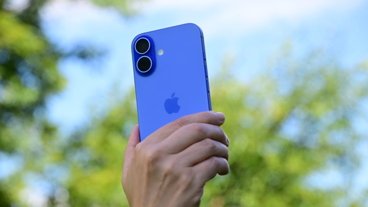Apple has a new video that reveals far more about using Apple Vision Pro than it's shown before.
Apple demoed Vision Pro at WWDC 2023, and it's been giving selected journalists a walkthrough in person, but now it's released an almost 10-minute guided tour. It's done as if we are with someone being shown how to use Vision Pro for the first time, and it's a particularly well-produced video.
Presented on Apple's new Vision Pro site, the video is hosted by Allessandra McGinnis Product Manager, Apple Vision Pro. She demonstrates the functions of Vision Pro to a man, named only as Will, who is said to have never tried it before.
The video covers everything that has already been revealed about Vision Pro, such as opening apps, moving and resizing them, plus Will gets to the meditation and mindfulness app that hands-on reviewers have described.
What's new, though, is the specifics of how all of the actions are accomplished. Through Will, we are shown how to zoom into a photo, or stretch that photo out to room size, for instance.
Plus, while this is only shown briefly, the tour details how to use Vision Pro with a Mac, to have the computer's screens appear floating in the headset. And it also shows just how someone approaching the Vision Pro wearer comes into view even when the user is seemingly surrounded by images.
Apple Vision Pro starts at $3,499 and pre-orders have begun, but shipping dates are already slipping back.
 William Gallagher
William Gallagher


 Oliver Haslam
Oliver Haslam
 Amber Neely
Amber Neely
 Marko Zivkovic and Mike Wuerthele
Marko Zivkovic and Mike Wuerthele

 Andrew Orr
Andrew Orr
 Malcolm Owen
Malcolm Owen











1 Comment
I can't help seeing the similarities of where we are at, as it were, between the Mac Plus 'Test Drive' we did with the press and potential customers and this first version of VisionOS today.
Reading the many takes on the hardware and the VisionOS is strikingly familiar to me as I clearly remember demonstrating the Mac to people for the first time. Here are a few excerpts from that experience with the first-ever MacOS. I am referring to the complete inability to mentally see beyond the known world here!
One journalist was adamant Apple needed to add a feature whereby pressing return would move the 'cursor' to the left, and repeatedly pressing return would push it down the screen. He also felt that some way to simulate rolling the platen down quickly to get the cursor to the bottom of the screen would be advisable. He refused to accept lifting your arm and using a mouse was faster, nor, that this was not a typewriter.
Another suggested a GUI 'carbon paper' that, 'when placed behind the work in hand, could give you a duplicate.'
One journalist was very angry and stated he could see the 'trick' Apple was up to. 'You had to buy an Image Writer, as well as a Mac Plus, or your work was trapped.'He didn't need a 'printer' with his typewriter,' he scorned.
On seeing Mac Draw, one journalist from a graphics magazine laughed at the mouse and stated no artist would ever draw with a 'brick' and besides, it needed a pointed front, or how could it be used accurately?
The anecdotes are endless. The bottom line is people often need to be shown over time and slowly introduced to new paradigms. Apple is an expert at this.
The VisionOS is the first release. It is focused (no pun intended) on the personal at first.
The obvious next steps are additional modes in addition to your private one. 'Shared Experience', as in you and your wife can watch and experience the same slide show, movie, concert, etc., each able to adjust their own screens, each able to pause to go for a pee. Presentation Mode, able to be linked via the internet a presenter can give a Ted Talk, those that opt-in as Clients can watch leave and return to pick up where they left off, the time limit on this set by the Presenter. Classroom Mode, known clients, attend class, can be 'seen' and heard by teacher. Teacher can talk to anyone and others can hear, students can ask questions (think Second Life methodology) Work Modes, full collaboration, partial read only, file exchange, linked files, and so on. Think ARD. In all cases above (and no doubt many more) users personal space is separate and untouched. Only in Support Mode would access be given to another person to enter personal space, again think ARD type situation from a support person.